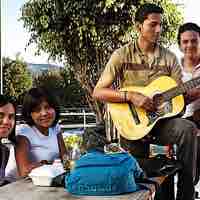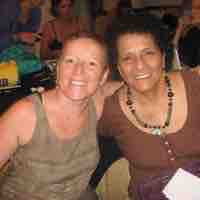Section 2
Gender and Socialization
By Boundless
Gender socialization is the process by which males and females are informed about the norms and behaviors associated with their sex.

Social constructivists propose that there is no inherent truth to gender; it is constructed by social expectations and gender performance.

Gender identity is one's sense of one's own gender. It is the result of socialization, but it also has a biological basis.

Gender roles refer to the set of social and behavioral norms that are considered to be appropriate for people of a specific sex.

Gender roles vary widely across different cultural contexts.

Gender roles are taught from infancy through primary socialization, or the type of socialization that occurs in childhood and adolescence.

Adolescence is a transitional stage of biological, cognitive and social development that prepares individuals for taking on adult roles.

Masculine and feminine individuals generally differ in how they communicate with others.